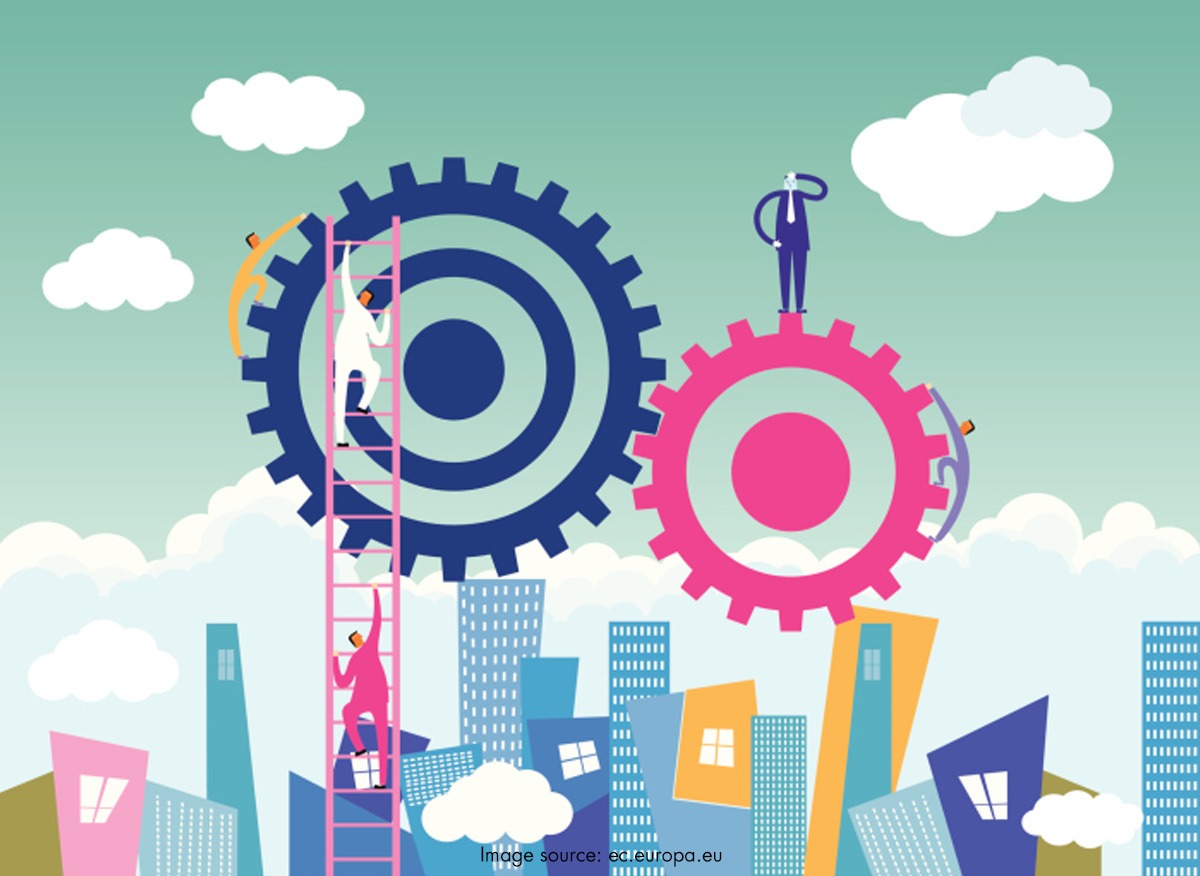The lifecycle of a human settlement is from a village to a town, to a city, to a metropolis, to a megapolis and from thereon moldering into a necropolis. Indias economy is growing exponentially. It is estimated that by 2030 it would have grown by five times, sustained largely by the countrys urban centers. The labor force of our country is anticipated to rise by 270 million workers, with 70% of them working in the urban areas. Today, only 30% of land in India is urban and the quality of life in these cities extremely low. However, the fact remains that around two third of the Indias GDP is generated in these cities. The migration from rural to urban is rampant and the country is facing major challenges in accommodating this growing population without compromising on the quality of life. A smart city by definition is a city that is self-sustained. The crucial feature of a Smart City is the amalgamation between affordability, resources and sustainability. The smart cities should be able to deliver good infrastructure such as water, sanitation, waste management, reliable utility services and health care. Its processes should be transparent, simple and citizen friendly. Smart cities make ardent use of digital technology to enhance infrastructure performance. It is a seamless consolidation of environment and economy. A city should always be more about people rather than brilliant infrastructure and smart technologies. There is a chance that these cities will become an abode of rich and famous, instead of being inclusive in nature. A couple of basic questions like what is the point of having a smart city? Who is it intended for? For who is it built and is it taking care of all their needs and requirements? need to be answered. According to a McKinsey global labor report, the 50 million or so unskilled workers that will join the work force over the coming decade, are surplus to the requirements of Indian economy. Thus, the dichotomy in Indias purchasing power parity will be the biggest challenge to address. A Smart City has smart computing systems a cohort of integrated hardware, software, and network information technology with real-time cognizance of the surrounding world that can help citizens make quick decisions. Smart cities are going to have a tremendous impact on Indias property market. The first and the most obvious being, that with Smart cities, additional land will be issued by the government for urban development and housing. It will guarantee more supply, and adversely affect the prices of property leading to their correction. Smart Cities will also bring more FDI in the country. It will also lead to major job creation in the real estate sector. It will definitely revive the Indian real estate market and bring investment from urban areas to a lot of small towns. More than often, social objective comes secondary to private players in the real estate industry, who will be the ones building these cities. Hence, a regulatory firm to provide clear directives and vision becomes imperative for the success of this venture. It is in the case of the economically weaker sections (EWS), that the question of affordability rises the most. The fact of the matter is that there are no detailed designs provided for this section. Hence, providing accommodation for the EWS will be the major challenge and component of these smart cities. Around 70-75 per cent of the population in need of cheap rental accommodation will be from villages and this strata of society. To provide for them, one will have to construct low rise high density housing, with a basic one room unit. In most cases these units are forced into leftover lands, leading to poor quality of life.
Will Our Smart Cities be Really Smart?




